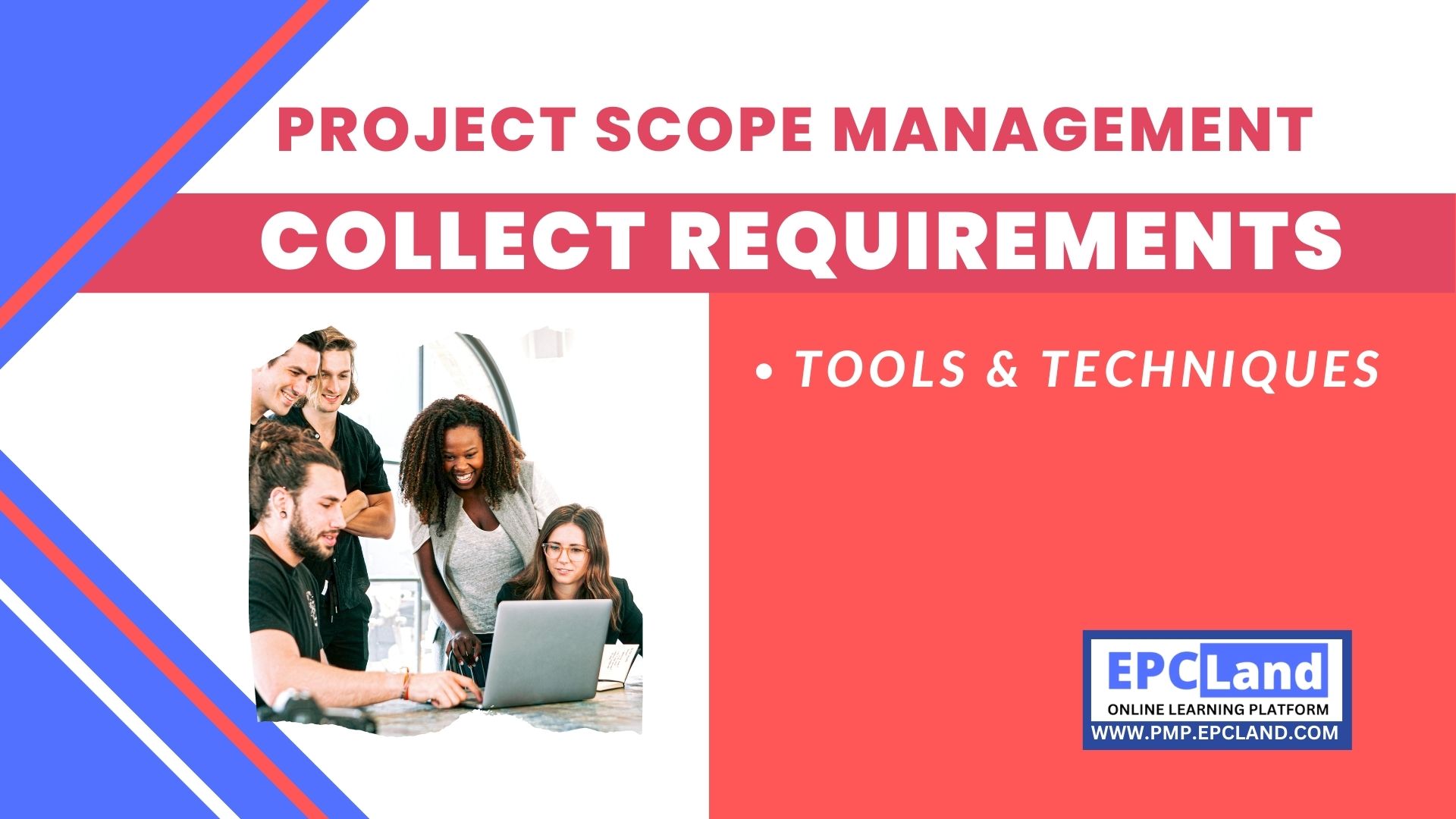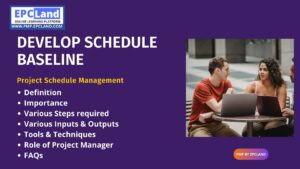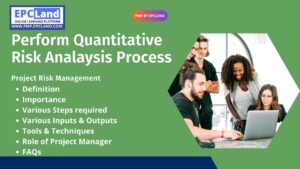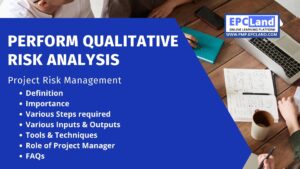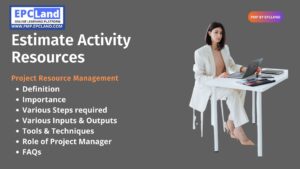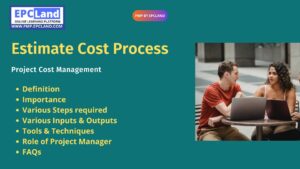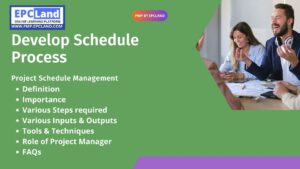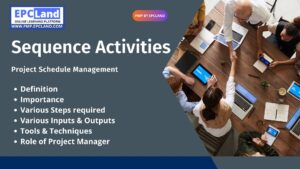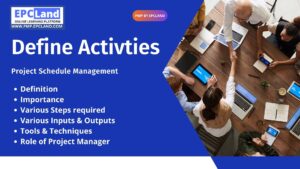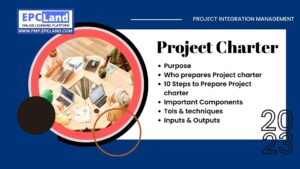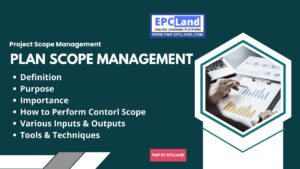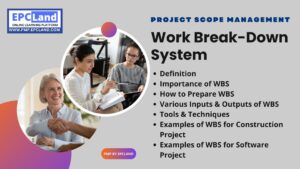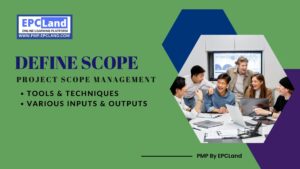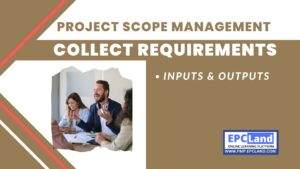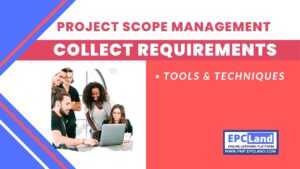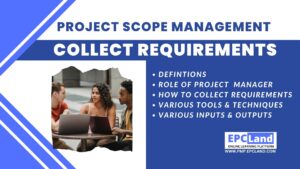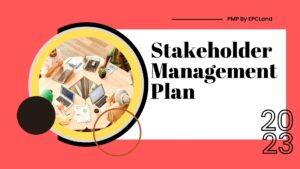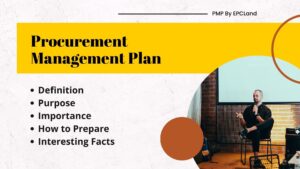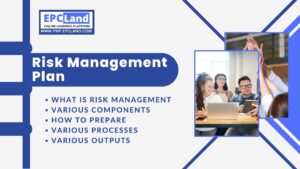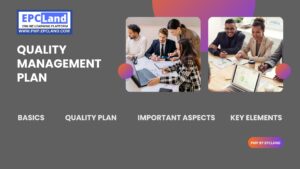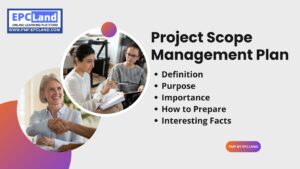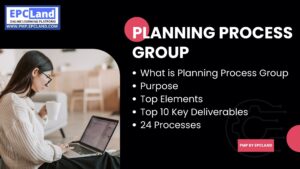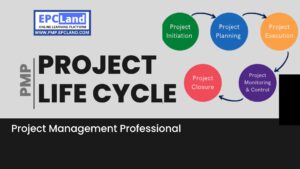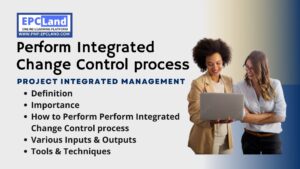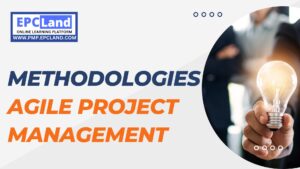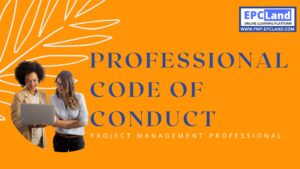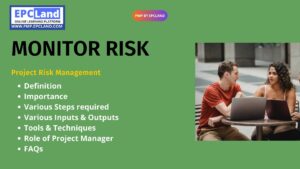Table of Contents
ToggleAdd Your Heading Text Here
A basic of Collect Requirements process asks stakeholders for their input, but stakeholders may not know what is best for the project. In such cases, it is your responsibility to gather the necessary information to understand what the project requirements should be.
Don’t Miss the 1000+ MCQ questions & hundreds of quizzes on PMP Knowledge Areas and Various important sections.
Collect Requirements Tools and Techniques
The following are included as the tools and techniques in the collection requirements process:
- Expert Judgement
- Data Gathering
- Data Analysis
- Decision Making
- Data Representation
- Interpersonal & Team Skills
- Context Diagram
- Prototypes
Collect Requirements Technique 1 of 8: Expert Judgement
Experts are people who are more knowledgeable in their respective fields. Their knowledge and experience help capture the most specific product/project needs. Professional judgment is used to determine specific requirements, including:
- Derivation of requirements
- Requirements analysis
- economic analysis
- charting techniques
- conflict management
- Project requirements in similar previous projects
Collect Requirements Technique 2 of 8: Data Gathering
Data collection techniques that can be used for the requirements gathering process include:
Brainstorming
A groupthink activity where several people from different teams come together to list project requirements. Brainstorming sessions also generate new ideas from existing plans and help identify new requirements.
Job Interview
It is the first technique for collecting requirements. This can be done both formally and informally. A key feature of this process is the ability of the project manager to interview senior project participants, sponsors, stakeholders, other executives, and experts to help identify and define the characteristics and functions of the desired product outcome. It’s helpful.
Focus Group
Focus groups bring together pre-qualified stakeholders and subject matter experts to learn more about their expectations and attitudes towards a proposed project. A focus group is a technique used to capture the requirements of a specific stakeholder group. For example, a project manager can first arrange a meeting with company executives to understand the requirements, and then schedule a separate meeting with the functional head to understand the requirements.
Questionnaires and surveys
This technique works best when multiple stakeholders are involved in the project. For example, if you have 200 stakeholders connected to your project, it will take a long time to collect information from each individual and assess their needs. Therefore, the project manager is asked to create a questionnaire and conduct a survey to collect a list of requirements.
Benchmark
It compares actual or planned practices (procedures and operations) to identify best practices, generate ideas for improving coverage, and provide a framework for measuring actual performance. A process used to compare organizations (internal or external).
Collect Requirements Technique 3 of 8: data analysis
Data analysis deals primarily with processes related to document analysis. The main purpose of document analysis is to view and evaluate all relevant document information. This process is used to capture requirements by carefully analyzing existing documentation and identifying details about requirements.
Collect Requirements Technique 4 of 8: Decision making
Decision-making techniques that can help you in the collection requirements process include:
Voting
It is a collective decision-making technique, an evaluation process with different options with defined outcomes. These techniques are further used to generate, categorize and prioritize product requirements. Below are some examples of voting techniques.
Unanimous:
A unanimous decision is a decision where everyone agrees on a single course of action. An effective way to achieve consensus is his Delphi technique, in which a selected group of experts and stakeholders covering all areas of the project complete questionnaires and provide feedback on the questions asked. am. These responses are resent to decision makers until consensus is reached among the stakeholders.
- Majority
Suggestions and ideas collected by experts are selected based on the majority of people supporting the process. This allows project managers to select and implement the best ideas to meet their requirements.
- Plurality
Decisions are made based on the opinions of the most important groups within the organization, even when there is no room for majority voting.
Autocratic Decision Making
As the title suggests, decisions are made by her one person with ultimate authority within the organization.
Multi-Criteria Decision Analysis
A technique that uses a decision matrix to evaluate and rank many ideas, providing a systematic and analytical approach to determining criteria such as risk level, uncertainty, and valuation.
Collect Requirements Technique 5 of 8: Data Representation
Data representation techniques that can be used for the requirements gathering process are:
Affinity diagram
A technique for separating all collected or collected ideas according to similarity
Idea/Mind Mapping
Ideas generated in brainstorming sessions are consolidated onto a single card, filtering out conventional concepts and understanding disagreements to help develop new plans.
Collect Requirements Technique 6 of 8: interpersonal and team skills
Here are some interpersonal and teamwork techniques you can use for your requirements gathering process:
Nominal Group Method
This technique uses skills to prioritize ideas you already have rather than coming up with new ones. In this process, plans are ranked by value and help the team focus on the essential concepts to generate project requirements.
Observation
Observation, also called “job shadowing”, is the process by which an observer observes the work of a business her professional. This process is mainly about closely monitoring the activities taking place in various fields and finding the real demands of consumers, stakeholders, sponsors, etc.
Facilitation
This is a focused session methodology that brings together key stakeholders to define product requirements. Generally, each group of project participants sees the project from their own perspective and expresses their requirements. Workshops are seen as the primary method for quickly defining cross-functional requirements and resolving differences between stakeholders.
Collect Requirements Technique 7 of 8: context diagram
To really understand scope, the context diagram provides an example scope model. It allows project managers to visualize how business systems ‘processes, equipment and computer systems’ work. works. This process is used to explore how business systems interact with other users.
Collect Requirements Technique 8 of 8: Prototype
Master the art of creating models of real products. The team creates this model of the product and shares it with stakeholders to gather feedback. Because the model is a tangible product, stakeholders can not only exchange and discuss summaries and ideas, but also thoroughly examine it and request changes if necessary, instead of waiting until the end.
Final Take Away from Collect Requirmenets Techniques
A Collect Requirements technique describes how a task will be performed under certain circumstances. A task can have zero or more associated techniques. A technique must be related to at least one task.
